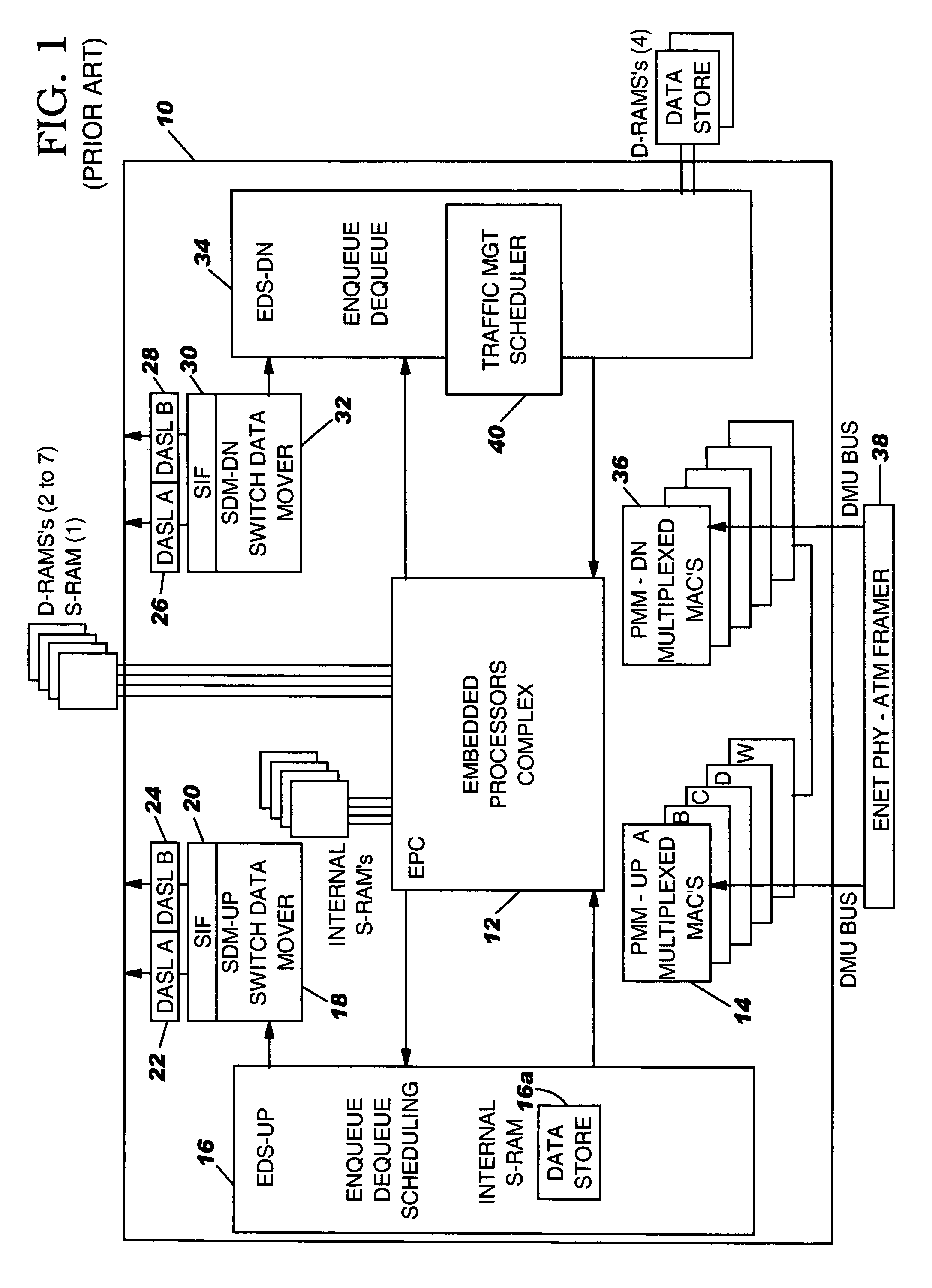Method and system for data flow multicasting
a data flow and multicasting technology, applied in the field of systems and methods for multicasting, can solve problems such as undesirable disadvantages and limitations of systems of the prior art, limited multicasting resources, and extra capability in a plurality of different processors
- Summary
- Abstract
- Description
- Claims
- Application Information
AI Technical Summary
Benefits of technology
Problems solved by technology
Method used
Image
Examples
Embodiment Construction
[0037]In the following description of the preferred embodiment, the best implementation of practicing the invention presently known to the inventors will be described with some particularity. However, this description is intended as a broad, general teaching of the concepts of the present invention in a specific embodiment but is not intended to be limiting the present invention to that as shown in this embodiment, especially since those skilled in the relevant art will recognize many variations and changes to the specific structure and operation shown and described with respect to these figures.
[0038]FIG. 1 illustrates a block diagram of the interface device chip that includes a substrate 10 and a plurality of subassemblies integrated into the substrate 10. These subassemblies are arranged into an “upside” (or “ingress”) configuration referring to the components for handling data inbound toward the chip from a data transmission network (up from the network and into the chip) and “d...
PUM
 Login to View More
Login to View More Abstract
Description
Claims
Application Information
 Login to View More
Login to View More - R&D
- Intellectual Property
- Life Sciences
- Materials
- Tech Scout
- Unparalleled Data Quality
- Higher Quality Content
- 60% Fewer Hallucinations
Browse by: Latest US Patents, China's latest patents, Technical Efficacy Thesaurus, Application Domain, Technology Topic, Popular Technical Reports.
© 2025 PatSnap. All rights reserved.Legal|Privacy policy|Modern Slavery Act Transparency Statement|Sitemap|About US| Contact US: help@patsnap.com



